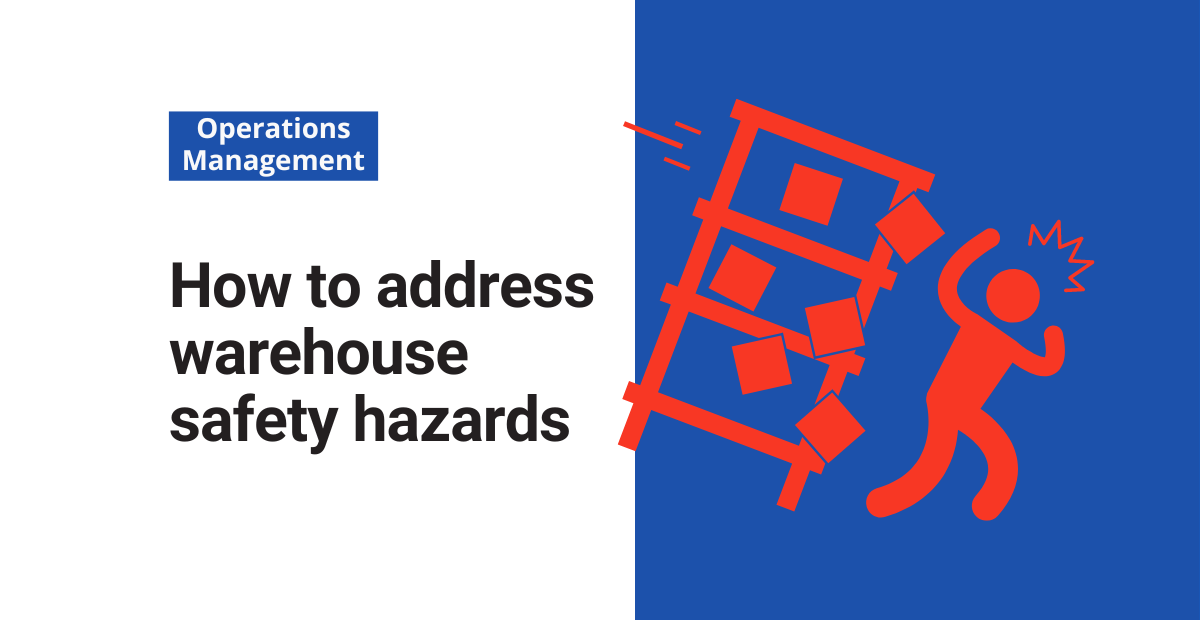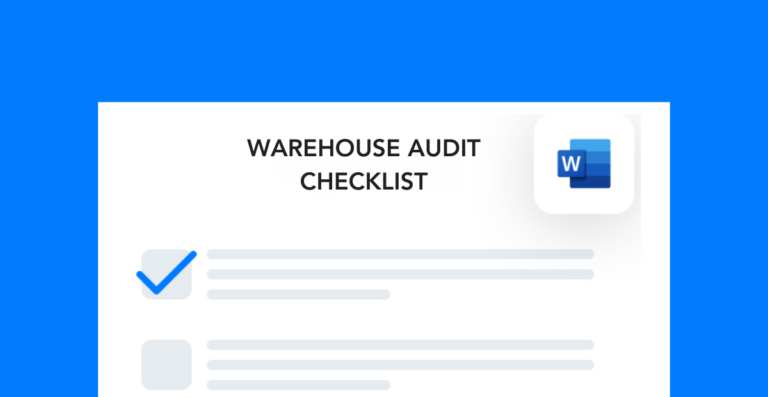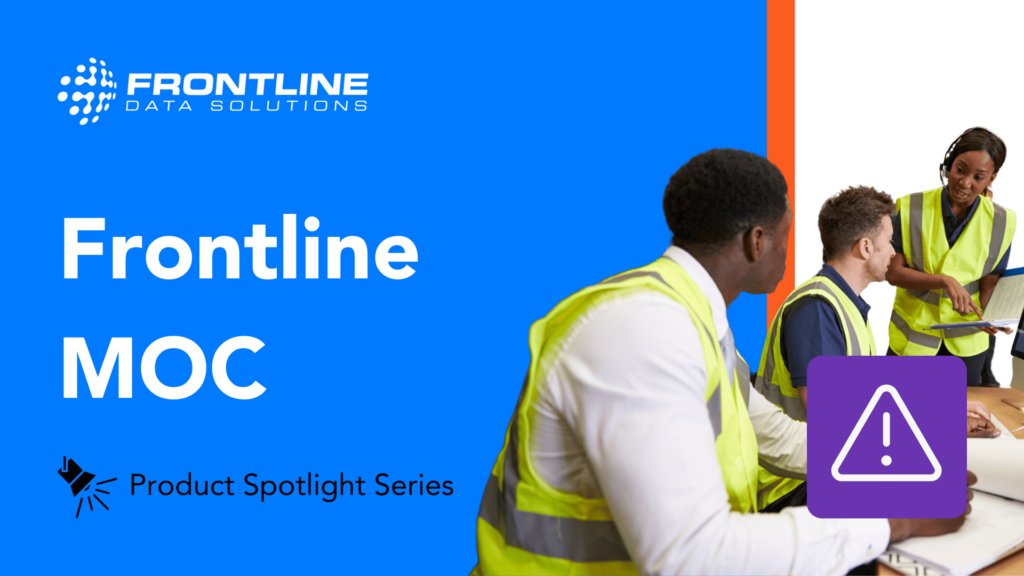The thing about warehouse safety hazards is they always seem to magically reappear. One day you clean a drop zone, the next day you come back to a fresh mess.
So, to really address warehouse safety hazards you need a way to track your different approaches. If one solution fails, don’t try it again. Try something new. Eventually, you’ll find a sustainable way to keep the hazards away for good.
Perform routine hazard assessments
The purpose of hazard assessments is to figure out how to control workplace hazards. You can do them for a variety of variables within your warehouse, including:
- Personal protective equipment
- Work area 5S
- Specific processes
- Heavy machinery, equipment, and tools
- Walkways and/or building layout
Performing routine hazard assessments is beneficial for two main reasons:
- It allows you to identify hazards faster, reducing their potential impact on safety.
- It helps you get to the heart of the hazard so you can eliminate it altogether.
My best advice here is to rotate where you do these assessments. It’s good to pick a different process, area, piece of equipment, etc., to evaluate each time. If you’re consistently coming back to the same hazard, that’s a sign that you need to go further with your assessment so you can fully address the issues you see.
Eliminate common hazards first
Eliminating common hazards frees up your team to focus on deeper, more complicated issues. Here are some of the most well-known warehouse safety hazards to address first:
- Lockout/tagout
- PIT accidents
- Slips, trips, and falls
- Moving parts on heavy machinery
- Falling objects
- Repetitive motions resulting in strains and sprains
Another reason to start is because of how prevalent these issues are across warehouses, regardless of site-specific variables. Since many people deal with these hazards, there is a good amount of research and best practices that you can find for how to eliminate them.
Document your approach
One of the biggest mistakes that companies make is not documenting what they’ve done to address an issue. Without a detailed log of the actions you’ve taken, how will you know what works and what doesn’t?
You won’t.
And a lack of historical data means it’ll be hard to chart a future course.
The best practice is to set up a workflow that requires your team to log all hazard-related activities including:
- Corrective and preventive actions
- Hazard assessments
- Process improvements or modifications
- Changes to equipment, 5S, etc.
- Hazard-specific training
You can do this manually as long as your system is organized, and the team follows it step-by-step. Long-term, however, most warehouse eventually adopt an action tracking system to streamline the documentation process and keep everything organized.
Example of hazard documentation with Frontline ACT
Imagine you have a worn out stop sign to replace. You’d want to document details like the location of the stop sign, time/date that you replaced it, and the brand of stop sign you used.
Having this information may give you insights such as:
- High-traffic areas where stop signs need replacing frequently
- Average time before stop signs wear out
- Materials required to replace stop signs
- Best/most long-lasting brands to use
This information can also be very useful for warehouse safety incidents. If a PIT accident happens at that walkway or intersection, you can go back to your log and know exactly when the last time you replaced the stop sign.
Look at how you can document this example in the Frontline mobile app:
Automated workflows like the ones in this action tracking system make it easier for your team to document how they’ve addressed hazards over time.
Replicate your successes
My last piece of advice here is to replicate any successes you’ve had wherever possible. This means figuring out how you can take one solution and adapt it to address multiple hazards.
You can almost always find commonalities between hazards, especially when they’re in the same category.
In my last warehouse, we had an issue within the pick department with harness management. The pickers kept throwing their harnesses on the floor at the end of the day, which made it difficult to keep accurate inspection and inventory reports.
The EHS team tested a few different types of hooks before we found one that was sturdy enough to withstand repeated use but that didn’t blow the budget when implemented at scale.
So, they were able to take those hooks and place them across outbound, inbound, vendor returns, and the ship docks. And so, one solution addressed safety hazards across the warehouse.
For every solution you find, ask yourself “how can I multiply the impact?” If you do this, you may be able to save time trying to address recurring warehouse safety hazards, meaning you have more time to engage with the workforce.




